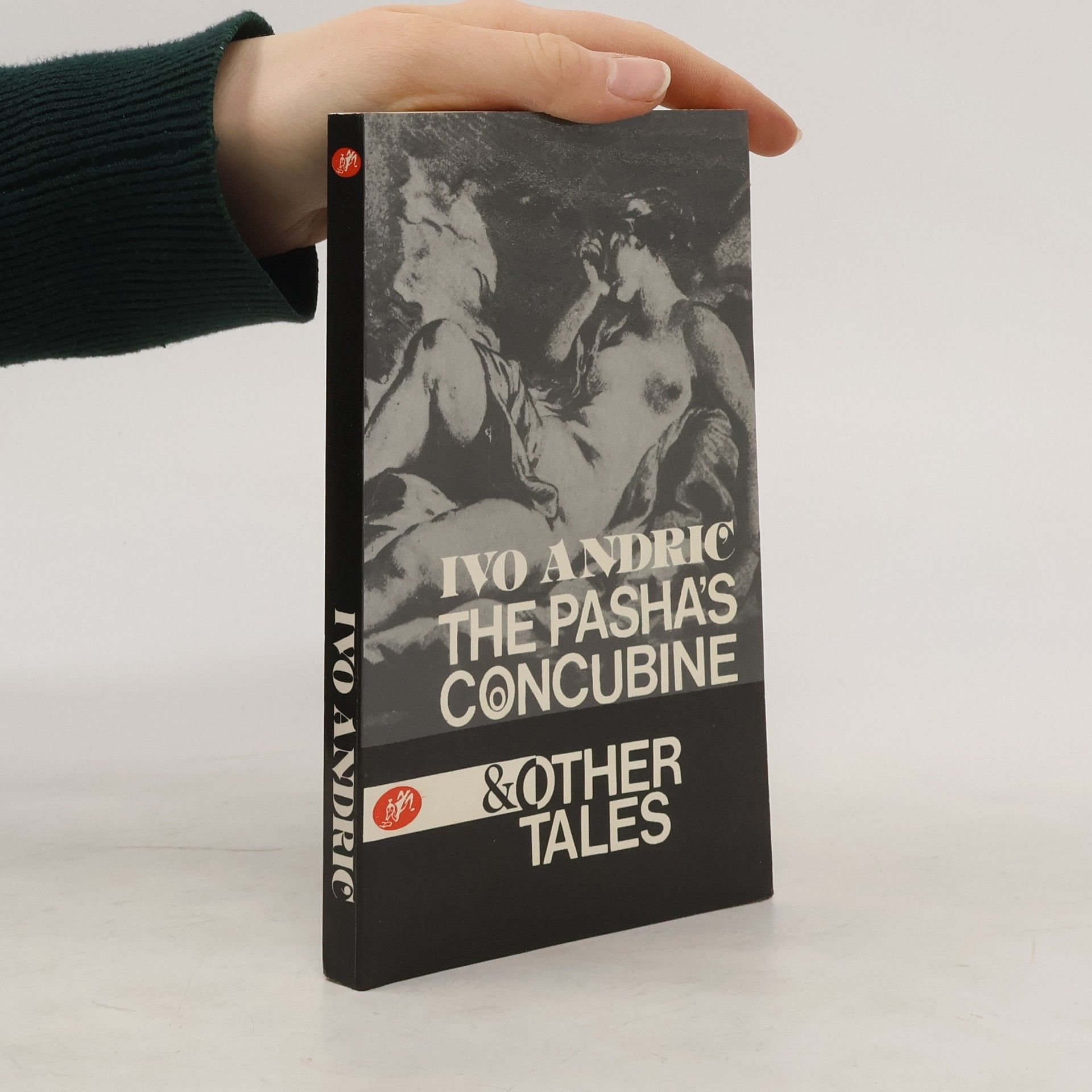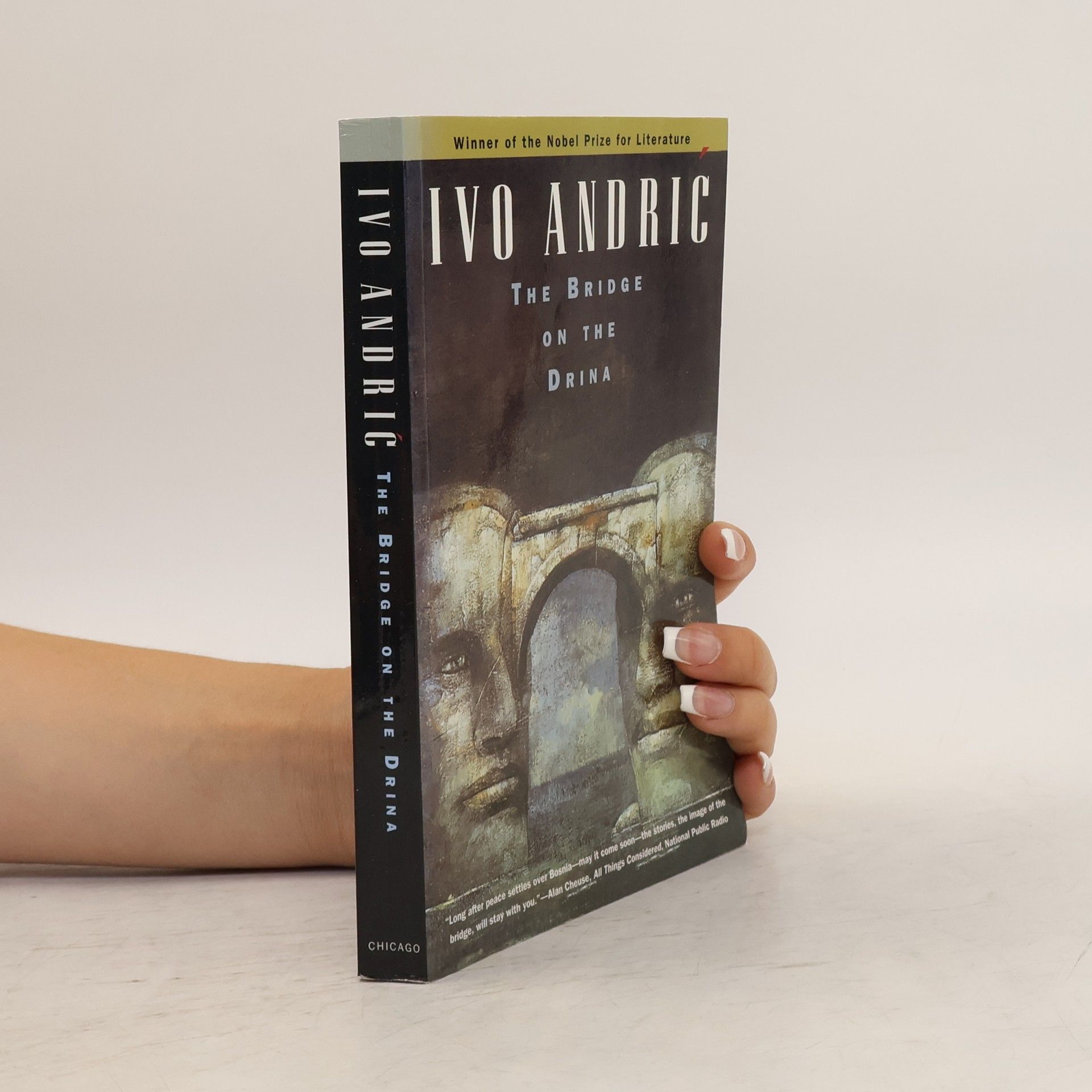The Bridge on the Drina
- 314bladzijden
- 11 uur lezen
"A great stone bridge built three centuries ago in the heart of the Balkans ... stands witness to the countless lives played out upon it" and to the sufferings of the people of Bosnia.--Cover.
Ivo Andrić vertelt op meesterlijke wijze over het leven in zijn geboorteland Bosnië onder Ottomaans bewind, waarbij hij epische verhalen weeft die menselijke lotsbestemmingen verkennen, gevormd door de geschiedenis. Zijn diepgaande inzichten in de menselijke psyche worden geëvenaard door een krachtig gevoel voor plaats en cultuur. Andrić' werk vangt de complexiteit van het bestaan, waardoor hij een belangrijke stem in de literatuur is.






"A great stone bridge built three centuries ago in the heart of the Balkans ... stands witness to the countless lives played out upon it" and to the sufferings of the people of Bosnia.--Cover.
Ivo Andric posses the rare gift in a historical novelist of creating a period-piece, full of local colour, and at the same time characters who might have been living today. His masterwork is imbued with the richness and complexity of a region that has brought much tragedy to our century and known so little peace. The writer uses his native Bosnia as a microcosm of human society, stressing its potential for national, cultural and religious misunderstanding and conflict, and identifying the barriers of all kinds that hinder communication between individuals. Written against the background of violence released in these mixed communities during the Second World War, the novel now has renewed and poignant relevance.
«Corte del diavolo»: così viene chiamata una prigione di Istanbul, sotto l’Impero ottomano. Vi si trovano esemplari di ogni tipo umano: sordidi, innocenti, abietti, perversi, miti, folli. Sono lì rinchiusi per praticità, poiché «la polizia di Costantinopoli si attiene al sacro principio che è più facile rilasciare un innocente dalla Corte del diavolo che non ricercare un colpevole nei meandri di Costantinopoli». È un mondo vibrante di storie fosche, sinistre, che si rispondono in un sottile contrappunto e presto producono una sorta di assuefazione all’inferno. Sovrano del luogo è il direttore Karagöz, poliziotto e metafisico burattinaio, che proprio esercitando un totale arbitrio e togliendo alla tortura il peso della certezza «rendeva più tollerabile e lieve ogni cosa»: figura di tale potenza che, dopo averlo incontrato, anche i lettori di questo magistrale racconto, come gli abitanti della Corte del diavolo, stenteranno «a immaginare la vita senza Karagöz». La Corte del diavolo fu pubblicato per la prima volta nel 1954.
Průřez povídkovou tvorbou srbského nositele Nobelovy ceny od 20. až po 60. léta 20. století představuje galerii prostých a zároveň mnohoznačných příběhů, většinou temně laděných, často s nádechem mystiky. Obsahuje také novelu Prokletý dvůr.